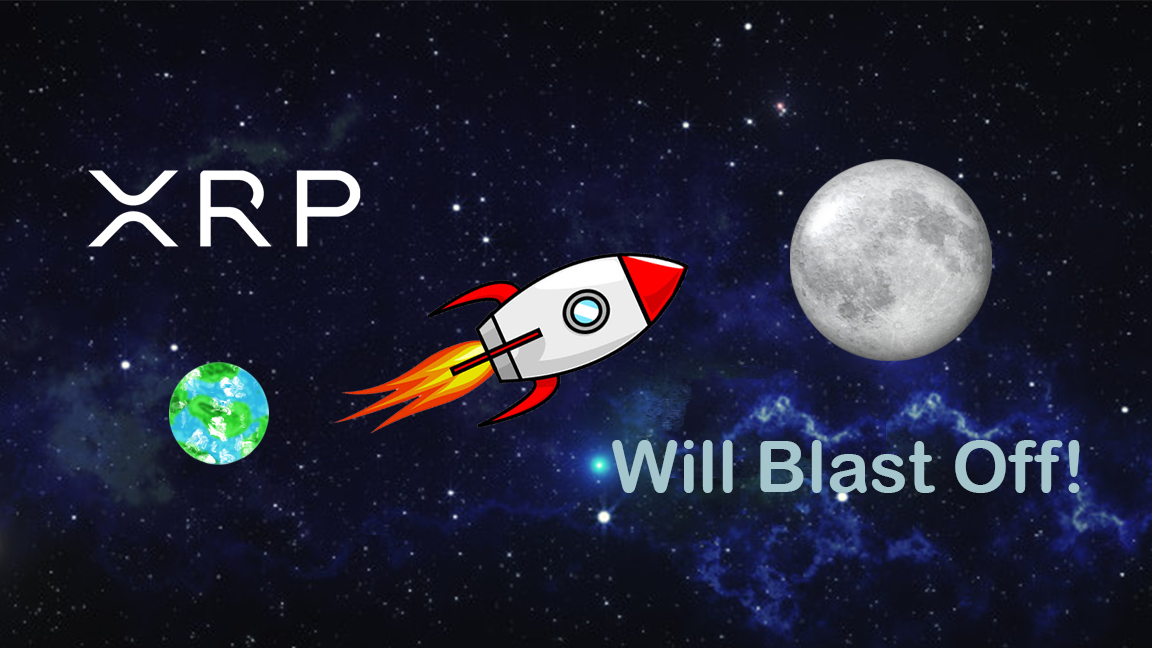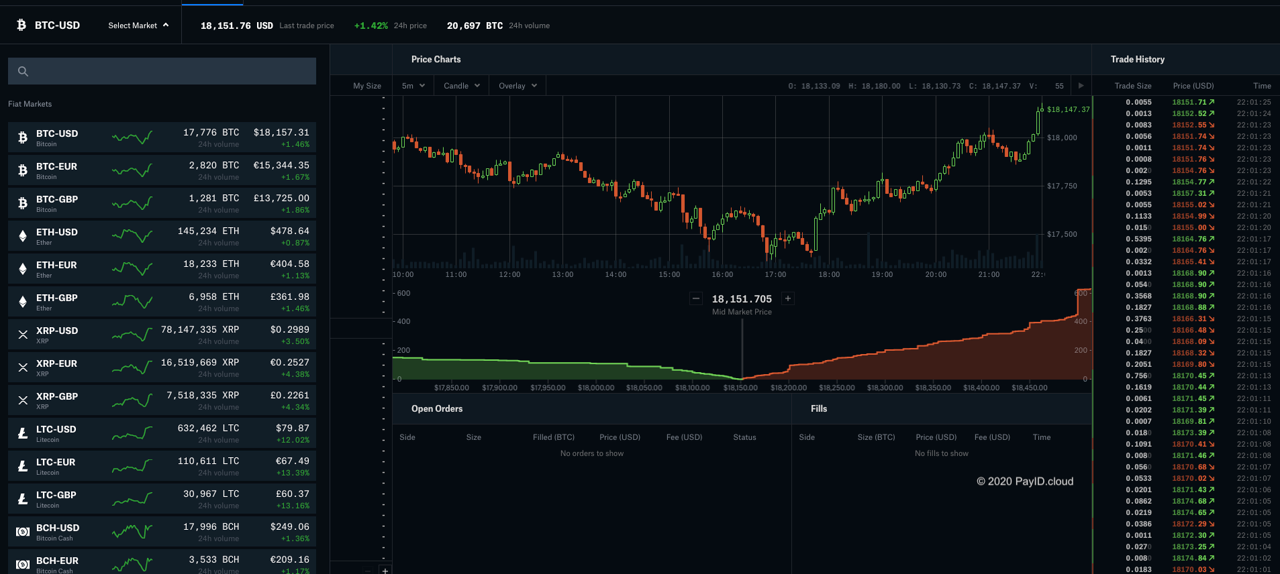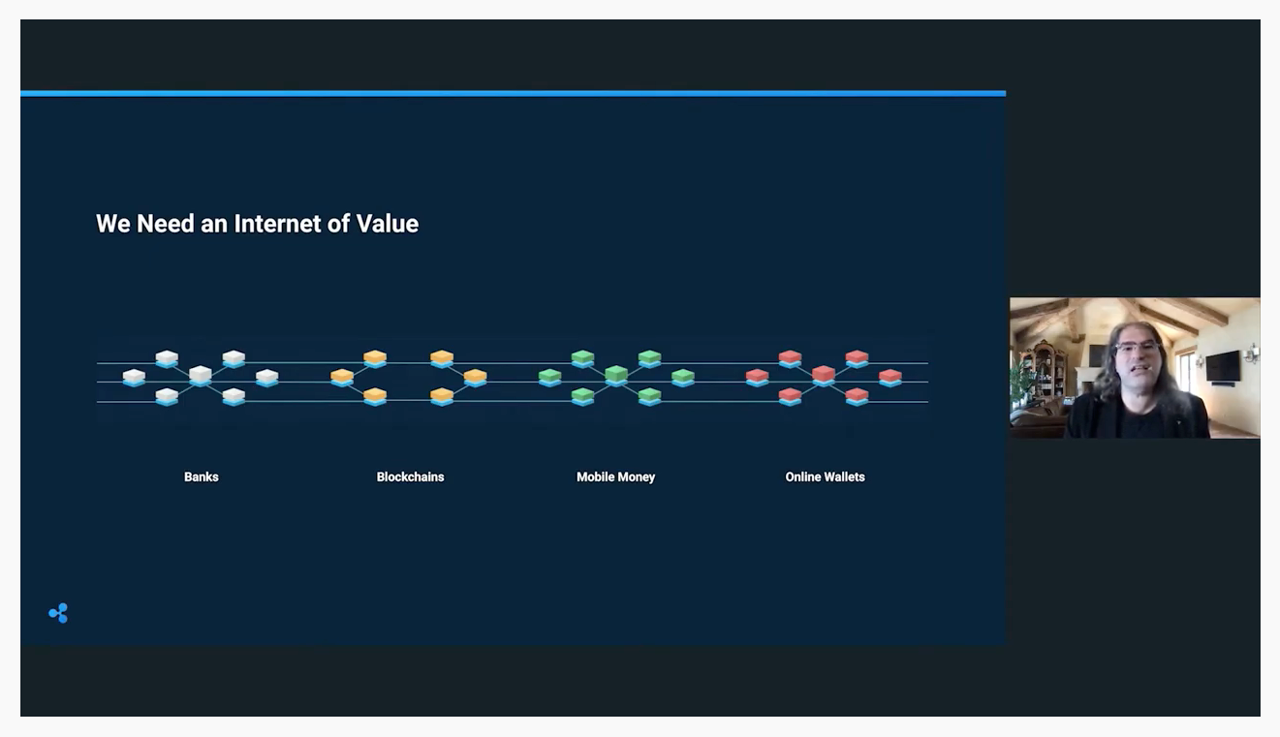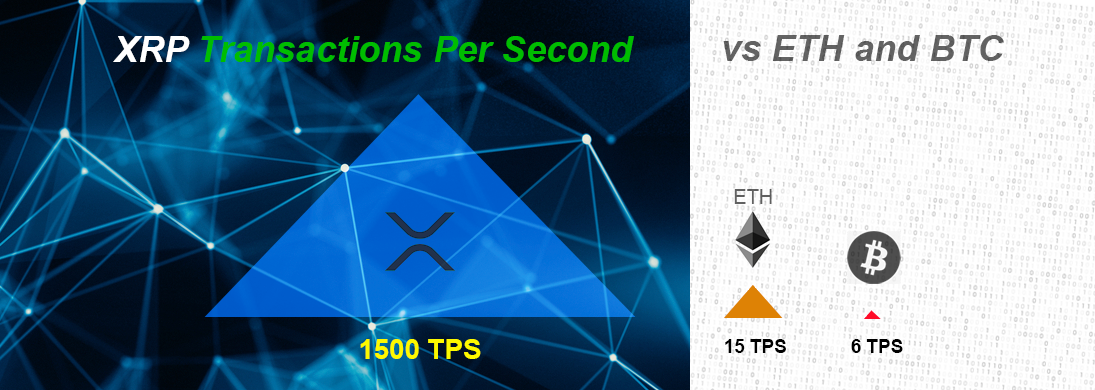
by Ken Carabello for JetPay.cloud
1. Utility – XRP is the most widely used crypto in the Banking Sector. And it leads all other cryptos in the areas of remittances and micro-payments.
2. Functionality – XRP is the fastest and most inexpensive way to send money. Whereas it can cost up to a few dollars to send a Bitcoin transaction, the comparable XRP transaction only costs a few cents.
3. Adoption by the Banking Sector – More and more Banks and Payment Services are adopting the XRP platform. Some of the Key Participants are: HSBC, Bank of America, Sumitomo Mitsui, Banco Santander, Barclays, Royal Bank of Canada, Moneygram, the list goes on.
4. Liquidity - Through its On Demand Liquidity (ODL) system, XRP solves the liquidity problem that banks have when large sums of money are transferred. Banks no longer have to tie up large pools of cash funding Nostro and Vostro accounts in order to settle large transactions. This legacy nostro-vostro process was a major part of the reason why cross-border transactions took days to settle. Now with ODL, XRP is bought with one currency, then sold for the other.
And voila! Transactions settle in seconds!
5. Remittances – XRP now holds 10% of the US – Mexico cross border remittance market. And more corridors are opening up. Vietnam's TPBank recently began using Ripplenet, largely because it saw a market opportunity where Vietnamese citizens working abroad want to send money home to their families. Then there's Brazil. Ripple opened a Sao Palo office in June of 2019. Ripple's apparent intention is to utilize the the Brazil location as a strategic position from which, remittance corridors can be opened up all through Latin America.
6. Micro Payments - These are payments involving Small to Medium-sized Enterprises (SME's). According to Marcus Treacher, head of Customer Success @Ripple, legacy payment systems (ie. SWIFT) are slow, uncertain, prone to errors and extremely expensive. However, Mr. Treacher goes on to state that new blockchain technologies like Ripplenet – which uses XRP to settle transactions, will enable SMEs to invoice and receive international payments immediately, and with a high level of certainty. As more and more SME's utilize Ripplenet, the price of XRP will surely rise. Simply from the increase in demand.
7. ISO 20022 - In May of 2020, Ripple became part of the ISO 20022 Standards Body. ISO 20022 will replace SWIFT as the de facto global data standard for modern payments. By adhering to the ISO 20022 standard, Ripple's digital ledger technology (DLT), Ripplenet, is further validated in the world of traditional finance and payments. And remember, Ripplenet #runsonXRP.
8. Adoption at the Retail Level - More and more payment gateways are allowing retailers to accept XRP payments. Examples are Coingate, and Coinpayments. And the mother of all payment gateways, PayPal, which recently partnered with the European exchange, Bitstamp. In my view, there is only one reason that Paypal would do that. They don't want to be left out of the retail crypto-payments game when it really kicks off. Paypal also announced in June of 2020 that they would soon be allowing their users to buy and sell crypto. And that PayPal is planning to incorporate a digital (crypto) wallet into their platform. So PayPal is obviously getting ready for what they know is coming. It likely won't be long before you can make retail purchases anywhere using XRP. You won't even need to convert your XRP to crypto before you can spend it.
9. PayID - this is a new identification protocol that was developed by Ripple and the Open Payments Coalition. The software for the platform is maintained and updated by the team of developers at payid.org. PayID simplifies the process of sending XRP (and other cryptocurrencies), by allowing you to assign your XRP wallet address and destination tag to the payID identifier. Then when you want to receive a payment, instead of having to give out your XRP wallet address and destination tag, you only have to give people your payID identifier. Most companies that offer payID's are crypto wallet apps. These apps automatically make your payID and assign it to your app wallet. However, PayID.cloud lets you assign a payID to any wallet you choose. The simplification that payID adds to the mobile payments space will be a huge catalyst in the increase of crypto and XRP usage.
https://www.youtube.com/watch?v=0O5SxCxiwh8&t=8s
10. Word of Mouth - Word of mouth is the best promotion there is. And daily, word is spreading about what a fantastic token XRP is. And how, all things considered, you should stock up on XRP sooner than later. Since the price is sure to rise drastically in the near future. As a result of the hard work of YouTubers such as the Digital Asset Investor, Kevin Cage, and The Bearable Bull (to name a few), the awareness of XRP has exploded in recent months. And this trend continues. The #XRPArmy is on all social media platforms, rallying for XRP day and night, all over the world!
These are only the 10 most obvious reasons that XRP will soon blast off. I only touched briefly on each one. If you do further research and gain greater insight into the power of XRP, you will certainly agree that the countdown has begun. And XRP is cleared for a moonshot!
#xrp #payid #fintech #ripple #ripplenet #remittances #micropayments #crossborderpayments #mobilepayments #fastpayments #xrpcommunity #xrparmy #zerodoubt






